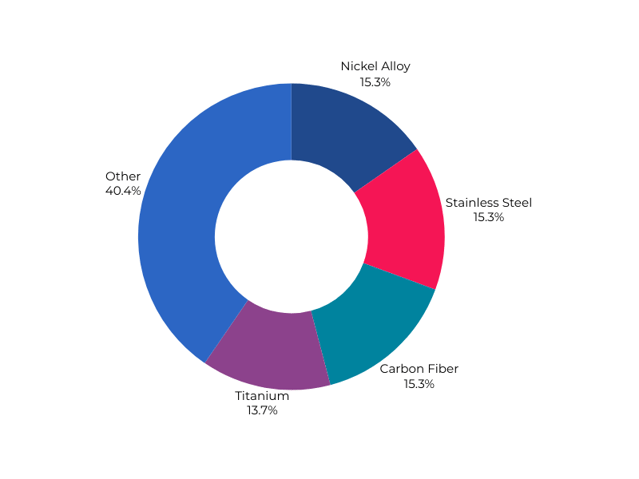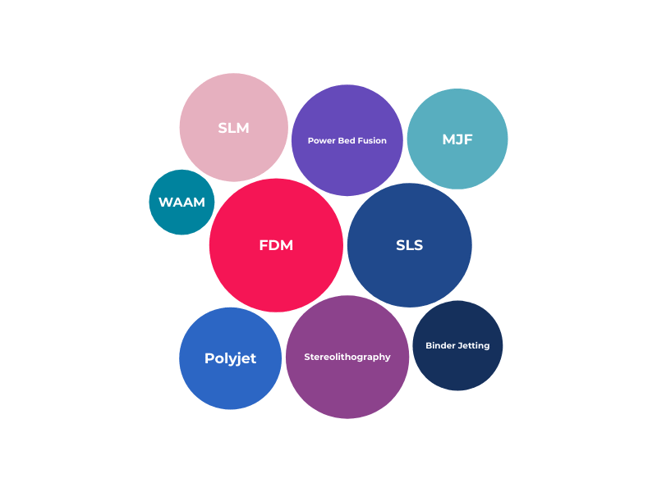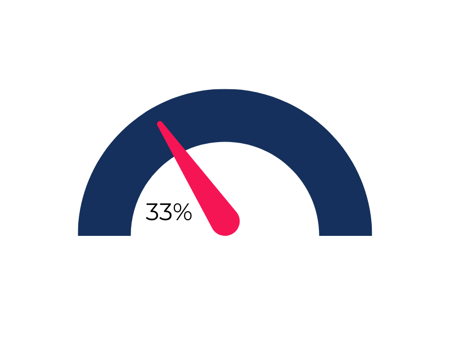Survey Results Say This is The Biggest Obstacle in AM Adoption
At the end of 2023, we sent out a survey to our e-mail subscribers to gain a better understanding of what topics respondents are most eager to learn about, as well as what external factors are driving AM adoption and which obstacles stand in the way.
Here are a few findings from the survey, which included responses from 67 subscribers, 65% of whom have worked in the industry for more than five years.
Download the infographic to see the full results.
Metal Materials Continue to Pique Interest

According to survey results, 50% of respondents were interested in learning more about metal materials. Nickel alloy, stainless steel, and titanium were some of the most mentioned materials, suggesting that the trend toward metal additive manufacturing continues to gain momentum.
However, the focus wasn't only on metal materials. Survey respondents also expressed interest in polymer materials like carbon fiber and PA 12 Nylon and plastics like Acrylonitrile butadiene styrene (ABS) and polyetherimide, more commonly known as Ultem.
SLS, FDM, and Stereolithography Still Lead the Charge...

...At least in regard to technologies respondents currently use or have used in the past. In a multiple-choice response, 68% of respondents reported that they currently or have previously used FDM, 56% used SLS, and 55% used stereolithography. Meanwhile, only 22% had experience using metal binder jetting, and just 7.5% were familiar with wire arc additive manufacturing (WAAM).
Design for Additive Manufacturing Services are Still in Demand

Though additive manufacturing knowledge is becoming more commonplace in business and education, design for additive manufacturing (DfAM) services is still in demand. Of the survey's 67 respondents, 33% reported that they are in need of DfAM services to increase AM adoption.
What's Driving AM Adoption at an Organizational Level?
Submit the form to access the infographic to see what factors drive AM adoption at the organizational level and to learn what obstacles respondents say still need to be overcome.
